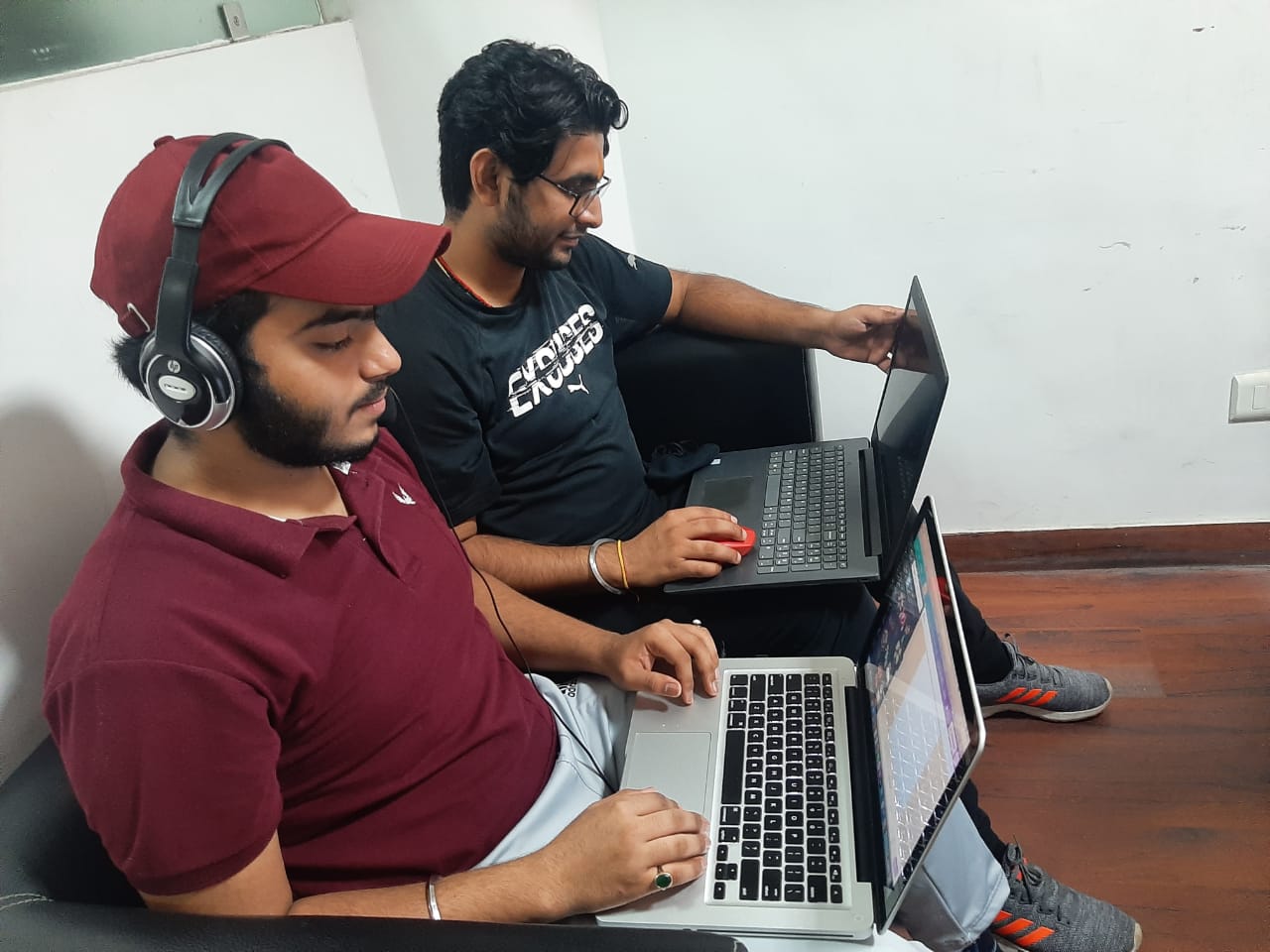(Duration-40 minutes, Task- 4 parts)
The IELTS Listening test will take about 30 minutes, and you will have an additional 10 minutes to transfer your answers to the answer sheet. The four parts of this practice Listening test are presented over four separate web pages. Make sure you progress swiftly from one page to the next in order that your practice is as realistic as possible.
Question Type 1 – Multiple Choice
Ability to grasp the main points covered in the recording
You will be given a question with three feasible answers, or a beginning of the sentence followed by three possible ways to complete it. You are advised to choose one correct answer – A, B or C.
Sometimes, you have designated a long list of possible answers and are asked to choose more than one answer. You need to read the given instructions carefully, in such question types.
Question Type 2 – Matching
Ability to identify the connection between the facts with respect to the recording
In this question pattern, a list of options will be stated on the question paper. You need to match these options with the list of items in the recording and then have to write the correct letter (A, B, C or D) on the answer sheet.
Question Type 3 – Map, Plan or Diagram Labelling
Ability to understand the description of an image (Map, Plan or Diagram) and relates it to visual representation
A map, plan or diagram with labels are going to be given and you are expected to complete those labels with either of the following ways:
- Choose the answer from the list of options on the question paper and then write the correct letter on the answer sheet.
- Select appropriate words that fit in the label from the recording.
Question Type 4 – Form, Table, Flowchart, Note or Summary Completion
Ability to note down the main points while listening to the recording
In this question format, you have to fill in the gaps provided in the form, table, flowchart, note or summary in context to the recording. You need to either select your answer from the list of options given on the question paper and note down the correct letter on the answer sheet or identify the missing words from the recording. You do not have to amend the words (i.e. write the word as it is) if selected from the recording.
Question Type 5 – Sentence Completion
Ability to analyse the main idea of the listening text and identify or spot important information from the recording
A set of sentences that encapsulate important information from the recording is given. You have to fill in the gap in each sentence using the information provided in the recording. Before noting down the answers, read the instructions very carefully
Question Type 6 – Short-Answer Questions
Ability to listen to the factual information included in the recording
In this question type, you are supposed to read the given question and answer it shortly with the assistance of information in the recording. Sometimes, you might be asked to put in writing, two or three different answers for the same question.
You must read the instructions very carefully. For instance, sometimes it may be ‘answer in one/two words’ or occasionally it might be ‘answer in no more than a word/number’.
General Tips
- You must practice to – read the question, listen to the recording and take a note of the answer – all at the same time
- Be careful about the spelling of your answer. You will lose marks if it’s spelt wrong,
- Study the instructions very carefully to identify what you are asked to write – ‘word’ or ‘letter’, ‘no more than two words’ or ‘number’ and so on.
- Do not waste time, if you miss an answer, proceed to the next question
- You will be hearing the recording only once. So, don’t lose your focus
Attempt free IELTS listening practice tests available online and boost your IELTS test preparation. IELTS listening practice are often of great help.


